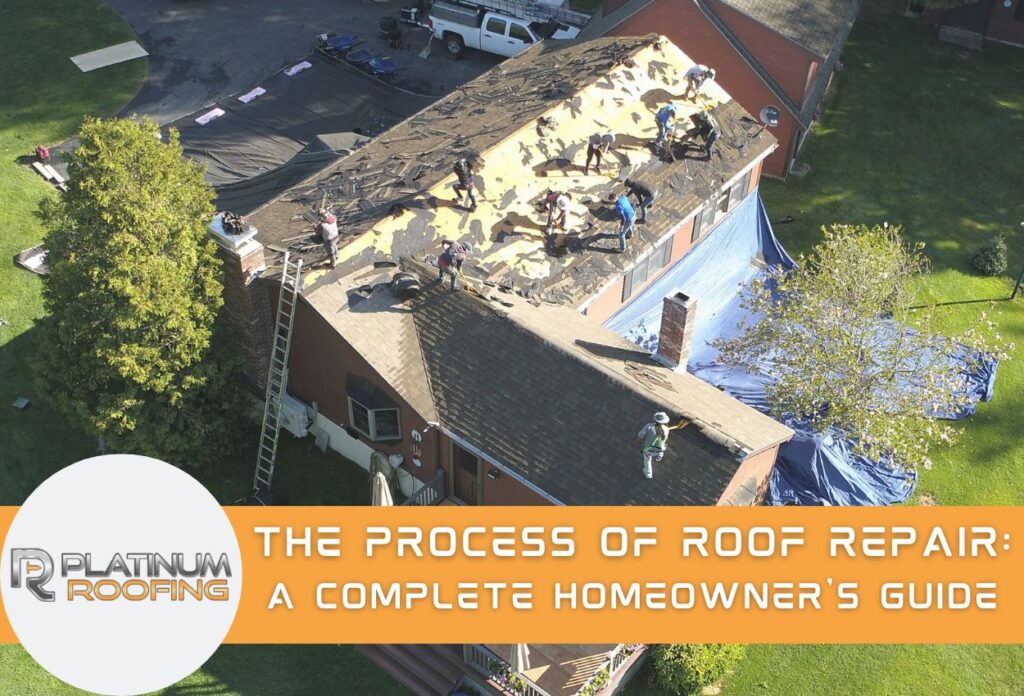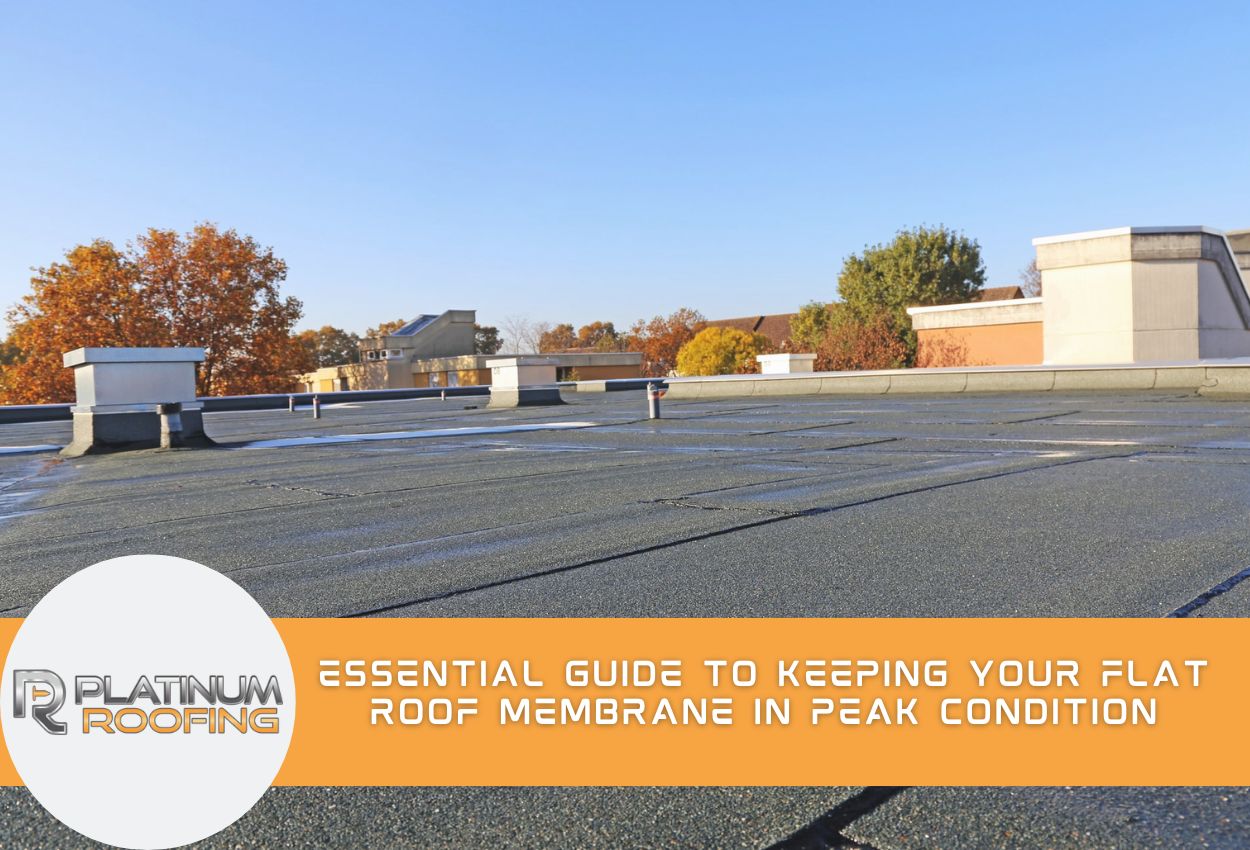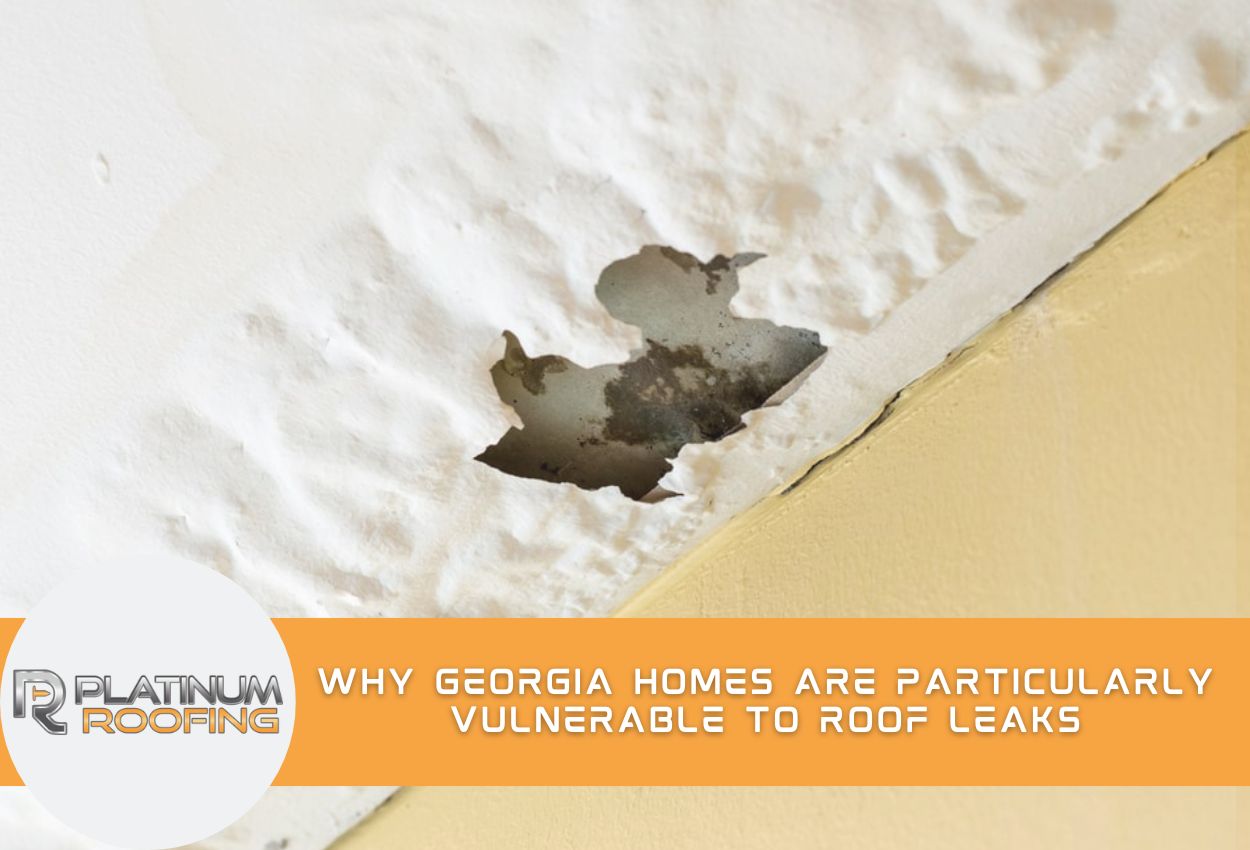
When roof damage occurs, knowing what to expect during the repair process helps homeowners prepare both mentally and logistically. The roof repair journey involves several critical steps to ensure your home remains protected from the elements. For Georgia and Alabama homeowners facing potential roof repairs, understanding this process is essential before work begins.
By familiarizing yourself with each step in the roof repair procedure, you’ll be better equipped to communicate with contractors, understand repair proposals, and recognize quality work. This knowledge also helps establish realistic expectations regarding project duration and what activities will occur at your home during the repair.
The Initial Roof Damage Inspection
The foundation of any effective roof repair begins with a comprehensive damage assessment conducted by experienced professionals. Roofing experts use a multi-faceted approach to identify issues, starting with visual inspections that examine shingles, flashing, vents, and other parts of the roof for obvious signs of deterioration or damage. Advanced moisture detection equipment used by professionals also helps locate hidden leaks that might not have been noticeable on first glance, while structural analysis evaluates the roof’s underlying support system.
In Georgia and Alabama’s unique climate, roofing professionals look for specific types of damage that commonly affect homes in the region. Severe thunderstorms and high winds frequently cause shingle displacement or tearing, while hail events can create impact damage that compromises the roof’s protective layer. The intense southern heat accelerates shingle deterioration through thermal cycling and UV exposure, causing materials to become brittle and crack prematurely.
Humidity-related issues are particularly problematic in this southeast, where warm, moist conditions create the perfect environment for algae and moss growth. Left untreated, these organisms trap moisture against roofing materials, accelerating decomposition. Professionals also inspect the roof for proper attic ventilation issues, which, when compromised, trap heat and moisture that damage roofing materials beneath.
Following this thorough assessment, roofing specialists document all findings and develop a detailed repair plan that addresses immediate concerns and potential future problems that could develop if left unaddressed.
Creating a Comprehensive Repair Plan
After completing a thorough assessment, professional roofing contractors develop customized repair strategies tailored to your specific situation. These plans account for multiple factors, including the extent of damage, your roof’s age and type, and regional weather patterns typical to Georgia and Alabama. For homes in coastal areas, plans might include enhanced wind resistance measures, while properties in heavily wooded regions may benefit from additional moisture protection systems.
The repair plan outlines specific materials needed for the project, an estimated timeline, and the type of repair techniques that are meant to be utilized. Experienced contractors also consider long-term performance, not just immediate fixes. They’ll evaluate whether certain areas require complete replacement versus spot repairs, and they actively help homeowners understand the cost-benefit relationship of different roofing approaches.
Before any actual work begins, proper documentation and preparation are essential. This includes securing necessary building permits, communicating with insurance providers about coverage details, and creating thorough work schedules. Typically, professional roof repair companies handle these administrative tasks as part of their service, ensuring all repairs comply with local building codes. They’ll also document pre-existing conditions thoroughly to prevent disputes about what damages are included in the scope of work.
Gathering Materials and Preparing for Repair
Once the assessment and planning stages are complete, roofing professionals focus on gathering materials and preparing the worksite for repairs.
Quality roof repairs require specific materials chosen for their durability and performance. Professional roofers typically source architectural or 3-tab asphalt shingles rated for high wind resistance, synthetic or felt underlayment that provides secondary moisture protection, and appropriate flashing materials for vulnerable roof areas. Proper ventilation components are also essential, including ridge vents, soffit vents, or power ventilators that prevent heat and moisture buildup in the attic space.
Before repairs begin, safety preparations take center stage. Professional roofing teams set up secure ladder access points, install temporary guardrails when needed, and position safety harnesses for steep roof work. Property protection measures include covering landscaping, outdoor furniture, and vulnerable windows with tarps or protective barriers. Material staging areas are also carefully established to provide easy access while minimizing impact on the property.
Experienced roofing contractors in the Southeast also monitor weather forecasts carefully during this preparation phase, scheduling work during good weather conditions in order to prevent unexpected rain damage during repairs. This thorough preparation ensures that once repair work begins, it can proceed smoothly with minimal disruptions to the homeowner.
The Step-by-Step Roof Repair Process
The actual roof repair process involves several critical phases that need to be executed with precision and care. Professional roofers begin by safely removing damaged materials, taking care to prevent the development of additional problems. This typically involves stripping away compromised shingles, deteriorated flashing, or rotted decking while preserving the surrounding intact materials. Specialized tools like shingle removers and pry bars help with a clean removal that doesn’t damage the underlying structure.
Once damaged materials are removed, the exposed area undergoes preparation for new materials. This includes cleaning the surface, addressing any minor decking repairs, and installing proper underlayment. For homes in Georgia and Alabama, where heavy rainfall is common, waterproof underlayment is especially important around vulnerable areas like valleys, chimneys, and skylights.
During installation, professional roofers will also use specific installation techniques based on the type of roofing material you have. Asphalt shingle repairs require precise nailing patterns and proper overlapping to prevent water intrusion. Metal roof repairs focus on maintaining proper sealing at seams and fastener points, while tile roof restoration requires careful matching and positioning to maintain appearance and waterproof capabilities.
Throughout the repair process, quality contractors utilize incremental inspections rather than waiting until the project is complete. This ensures that each layer of the roof repair is properly installed before moving to the next phase. This methodical approach is particularly important in our region, where sudden afternoon thunderstorms can appear with little warning.
Quality Control and Inspection Process
After completing roof repairs, professional contractors implement rigorous quality control procedures to verify that all their work meets industry standards. This multi-point inspection process begins with a thorough examination of newly installed materials, checking for proper fastening, alignment, and overlapping of shingles or panels. Inspectors verify that all nails are properly driven, flashing is correctly installed around penetrations, and ridge caps are securely attached.
Beyond visual inspections, reputable roofing companies in Georgia and Alabama conduct specific weatherproofing tests designed to simulate the challenging conditions local roofs face. Water testing involves directing a self-controlled stream of water over repaired areas to ensure no leaks develop, particularly around valleys, chimneys, and vent pipes where failures commonly occur. Inspectors also examine attic spaces for any signs of moisture penetration, improper ventilation, or insulation issues that could affect the roof’s performance.
Final adjustments are made based on findings in the final inspection in order to ensure the repaired roof will withstand local climate challenges such as frequent thunderstorms, high humidity, and occasional hurricane-force winds. This may include additional sealing around vulnerable areas, adjustments to ventilation systems, or reinforcement of specific sections. Professional contractors document these inspections with photographs and written reports, providing homeowners with the verification that repairs meet both building code requirements and manufacturer specifications.
Post-Repair Maintenance and Protection
After your roof has been successfully repaired, proper maintenance becomes essential for maximizing the longevity of the work performed. Newly repaired roofs in Georgia and Alabama face unique challenges from intense summer heat, high humidity, and severe storms that require specific care routines. Establishing a seasonal maintenance schedule helps protect your investment and prevents minor issues from turning into major problems.
Spring maintenance should focus on clearing debris from gutters and downspouts to ensure proper water drainage during summer thunderstorms. During hot summer months, inspect attic ventilation to prevent heat buildup that can prematurely age roofing materials. Fall maintenance is particularly important for removing leaves and pine needles that can trap moisture against shingles and create ideal conditions for mold growth in our humid climate.
Most professional roof repairs also come with warranty protection that homeowners should fully understand. These warranties typically cover workmanship for 5 to 10 years and materials for 25 to 30 years, though coverage varies by contractor and the manufacturer you purchase from. Schedule follow-up inspections at the one-year mark and then every 2 to 3 years thereafter, with additional checks after major storms.
Simple protective measures like trimming overhanging branches, maintaining clean gutters, and addressing attic moisture issues can significantly extend the effectiveness of roof repairs. Remember that professional maintenance visits are significantly less expensive than facing premature repair or replacement.
Choose Platinum Roofing for Expert Roof Repair in Georgia and Alabama
If you’re facing roofing issues and need a reliable solution, understanding the complete roof repair process makes it easier to know what you’re getting into and plan appropriately. At Platinum Roofing, we ensure that every step, from the initial damage assessment to post-repair maintenance, is handled with utmost precision and professionalism. Our experts specialize in tackling the unique challenges presented by the Georgia and Alabama climates, ensuring your roof is robust and long-lasting.
Don’t wait for minor damage to become a major issue. Call us today at (229) 561-3107 to schedule a thorough roof inspection and to discuss your repair needs. Trust Platinum Roofing to restore your roof efficiently and effectively, using the best materials and methods suited for Southern homes. Act now to protect your home and enhance its longevity with our expert roofing services.





